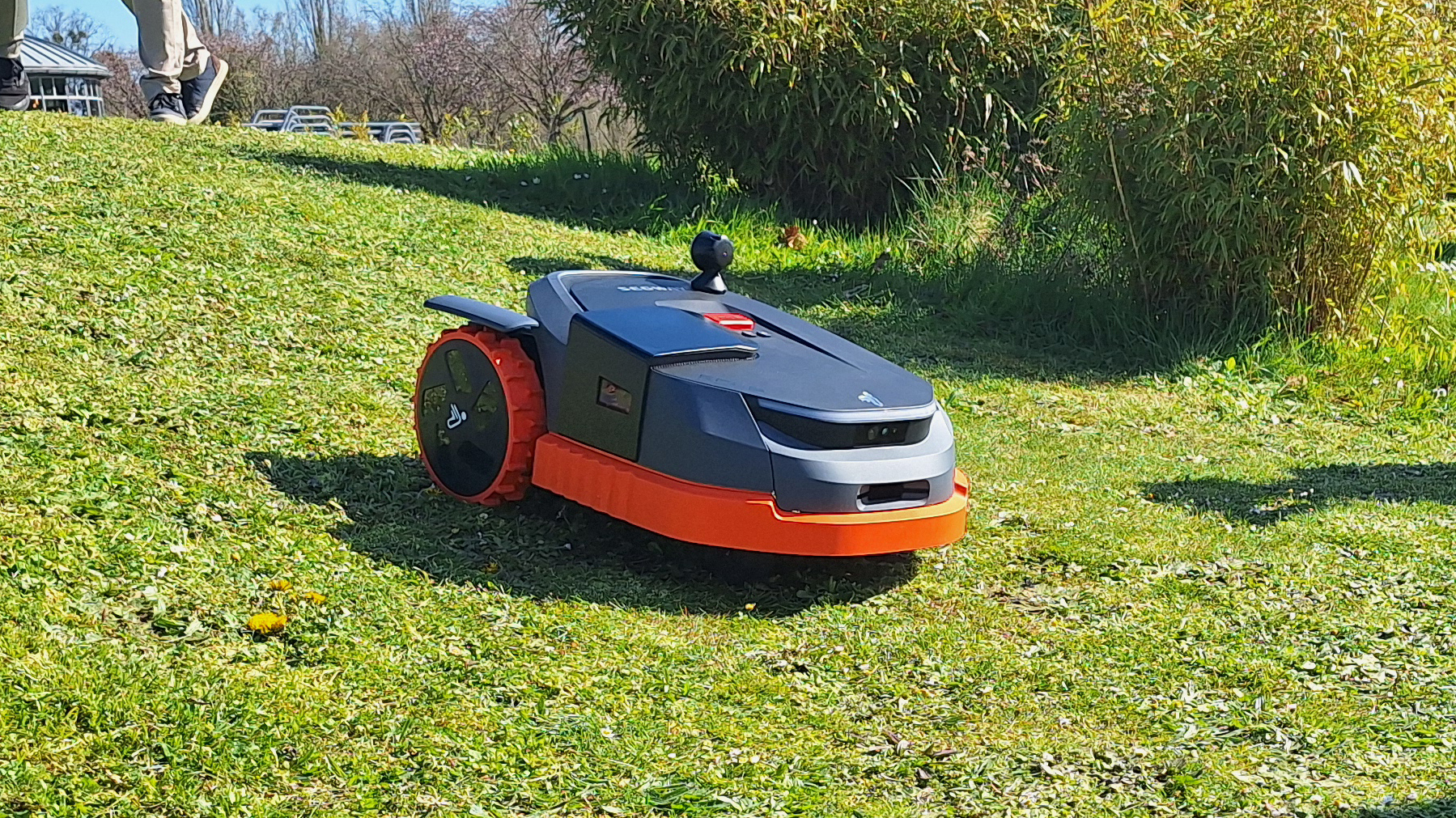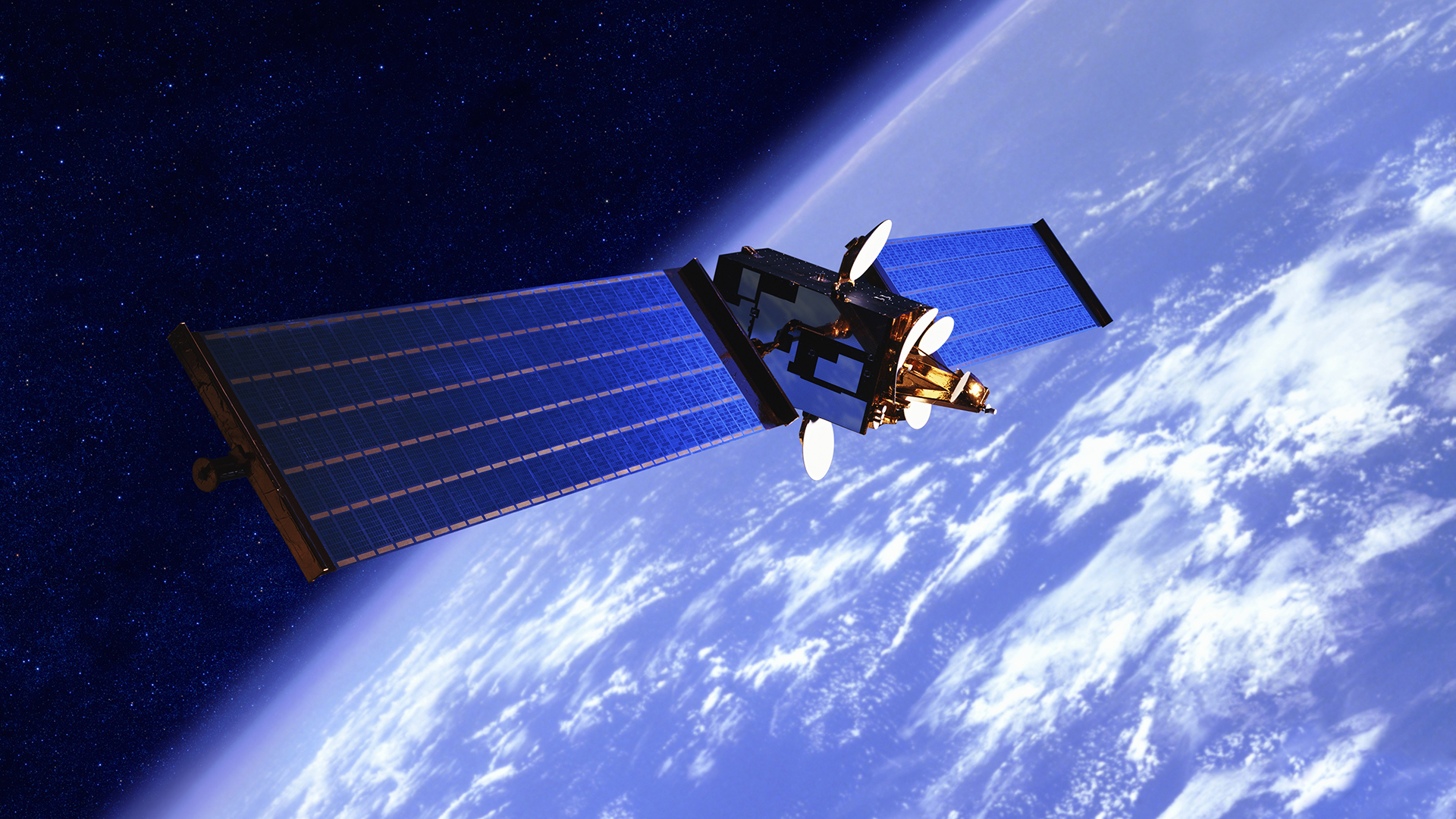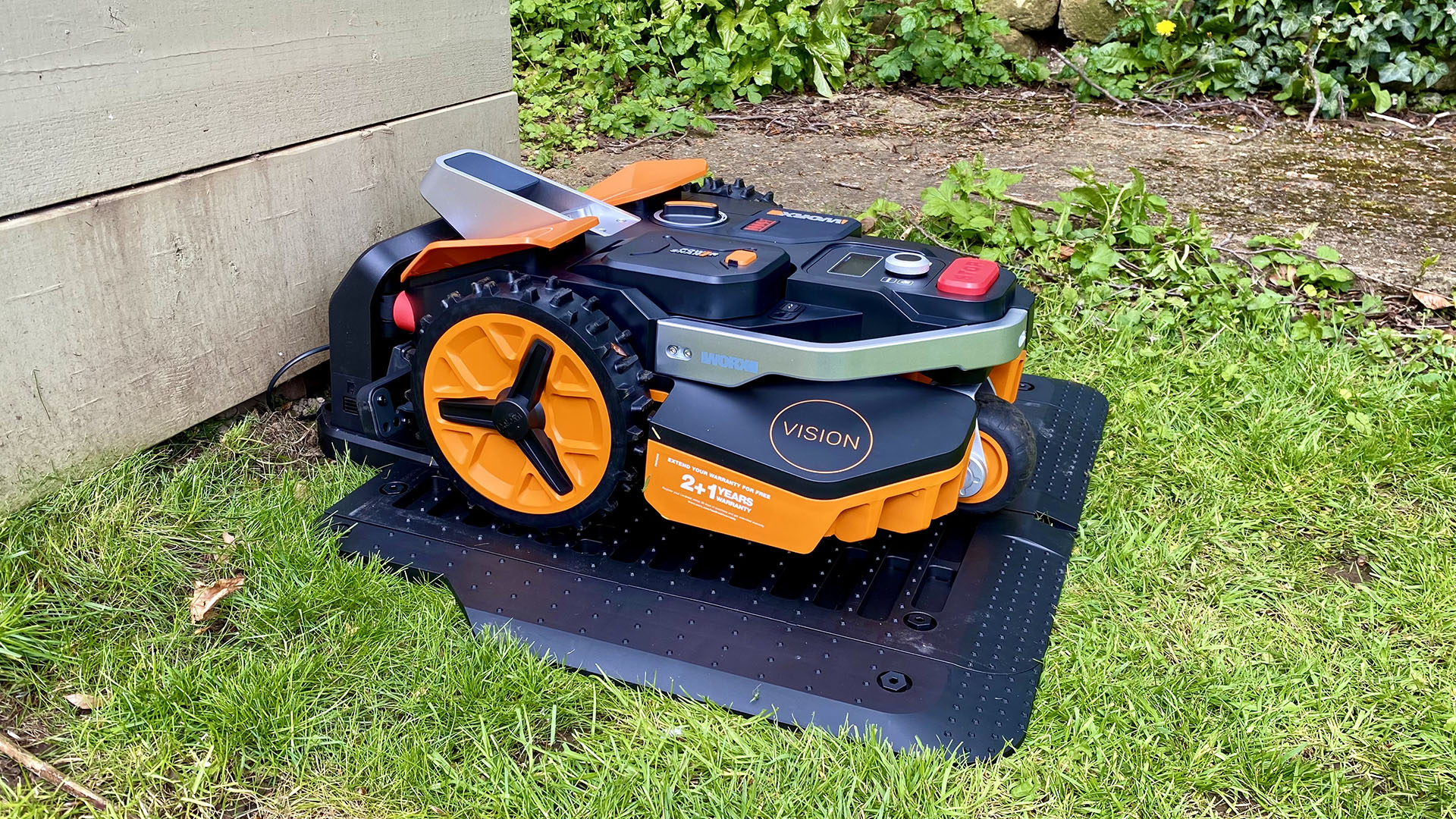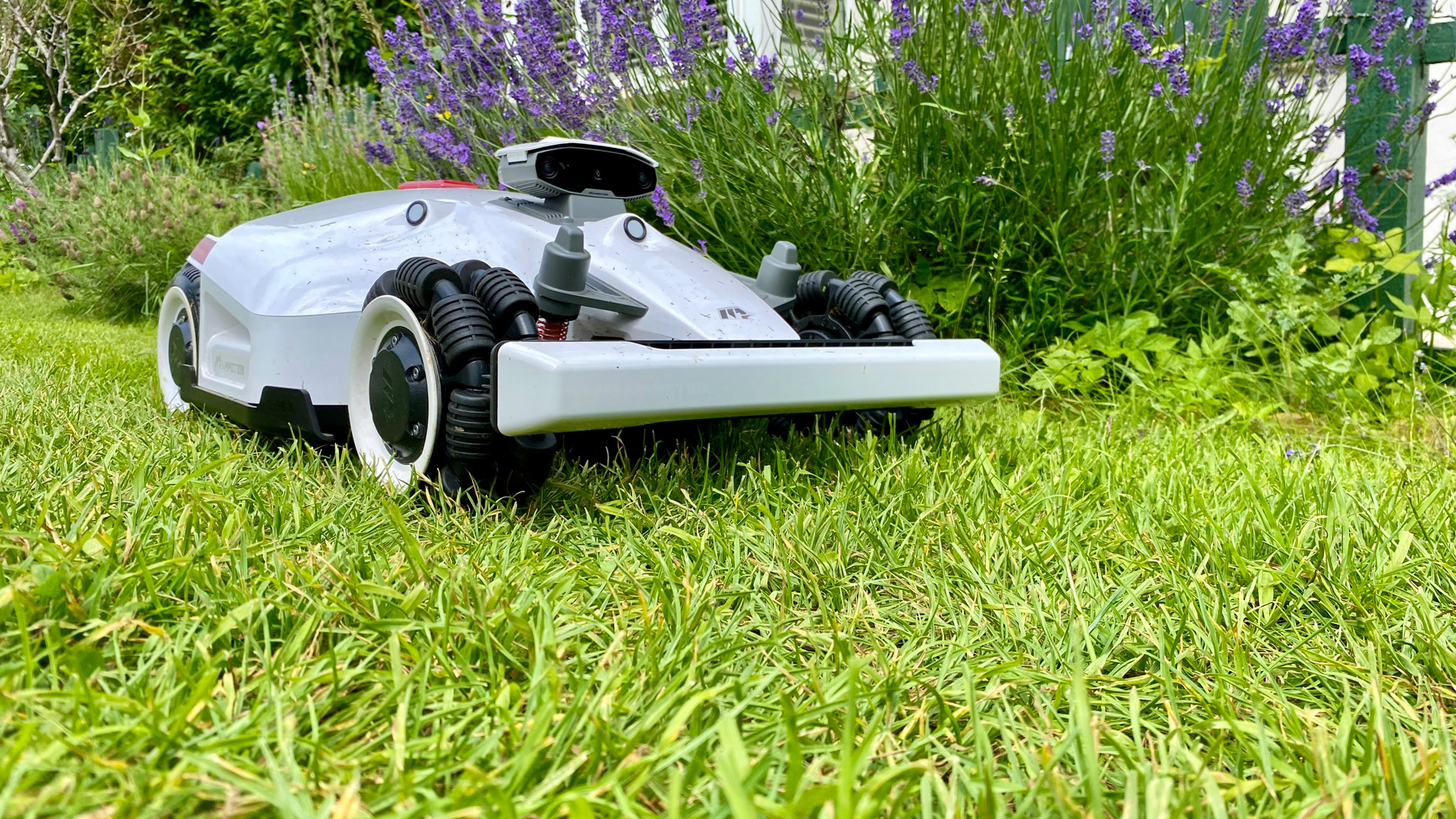What is RTK for robot lawn mowers?
RTK is a key part of how modern lawnbots navigate – here's how it works

RTK stands for real-time kinematic [positioning], and it's a system that works to make GPS data more accurate. While satellite data alone might help locate your robot lawn mower correctly to within a few meters, combine it with RTK positioning and that can be narrowed down to a few centimeters.
This is the technology that has enabled modern lawnbots to navigate without a boundary wire. It also means the lawnbot can mow in an ordered, logical fashion, rather than just traversing the lawn randomly.
However, the effectiveness of RTK positioning is reliant on specific factors – and if certain things are off, it might not work very well at all. Read on for more about how RTK positioning works in robot lawn mowers, and how to set up your lawnbot to make the best use of it.
Why is satellite data not accurate enough?
I've used the term GPS, but that's just one of four systems that might be providing the satellite data that helps your lawnbot find its way around – a more correct acronym would be GNSS (global navigation satellite system).
Global navigation satellites use two main signal types. The oldest type of satellite signal is the L1 signal, and this can't pass through any solid object. Newer L2 signals can penetrate through some objects – including things like thinner timber, plastic and light tree coverage – but as they do so the signal gets weaker.

The time it takes for the signal to travel from the satellite to earth is what creates the inaccuracies in positioning data. Even passing through our atmosphere causes delays, with the signal passing through some atmospheric layers more quickly than others.
How does RTK positioning help?
RTK essentially helps correct inaccuracies in satellite positioning data, to make it more precise, and it does this in real time.
Sign up for breaking news, reviews, opinion, top tech deals, and more.
The system relies on a fixed, antenna-equipped base station with known coordinates (this is separate from the robot lawn mower's charging station, which is where the bot docks and recharges its battery). Both the RTK base station and lawnbot connect to satellites.
To do this they need a direct line of sight to each satellite – things like walls, roofs and even tree coverage can block the signal. What's more, both the base station and lawnbot both need to connect to the same satellites in order to function.
The RTK station needs to be positioned so it has the widest unobstructed view of the sky in as many directions as possible. It should be high up, and away from overhanging buildings and trees.

Because the lawnbot needs to be able to connect to satellites when it's docked as well as when it's working, the charging station also needs to be in a position with a direct line of sight to the sky (you can generally get away with there being a wall behind it, provided there's a clear line of sight to the sky in all other directions).
The RTK base station also connects to the lawnbot, but this connection doesn't require a direct line of sight – it's usually a radio signal, which can pass through solid objects.
Are there any down-sides of the RTK system?
The big benefit of using both RTK and GPSS data for navigation is that it means you don't need to go through the hassle of adding a boundary wire to your garden.
However, it's not an infallible system. The whole thing hinges on there being a widespread array of satellites that both the robot mower and the RTK station can connect to. Overhead obstructions like trees and buildings will impact on how effective the system is, and having a good place to put your RTK station is vital.
Because they're so sensitive to environmental factors, lawnbots that rely on RTK are more prone to getting lost, or straying out of bounds, than those that use perimeter wires.

You might also find that the location data still isn't quite precise enough. An RTK-powered robot mower will will navigate your lawn in neat lines, but because there's still a margin of error of a few centimeters you might end up with un-mown strips of grass between rows. You might also need to leave a larger buffer at potentially hazardous perimeters – for example, the edge of a pond.
Lawnbots that use boundary wires will cover the area in a much more haphazard way, but they'll never go over a boundary, and are perhaps less likely to end up missing a spot.
These potential weak points mean that almost all modern lawnbots will include another kind of navigation system as backup for when the satellite signal is poor. That might be something like radar or LiDAR (the method used in most of today's best robot vacuums), or a camera.
There are of course limitations to each system, but all of these technologies are getting steadily more advanced, and as a result, so are the lawnbots they power.
You might also like...

Ruth is TechRadar's Homes Editor specializing in air (vacuum cleaners, fans, air purifiers), and hair (hair dryers, straighteners and stylers). She has been in consumer journalism since 2020, reviewing and writing about everything from outdoor kit to mattresses and wellness gadgets, with stints on Tom's Guide and T3.
You must confirm your public display name before commenting
Please logout and then login again, you will then be prompted to enter your display name.